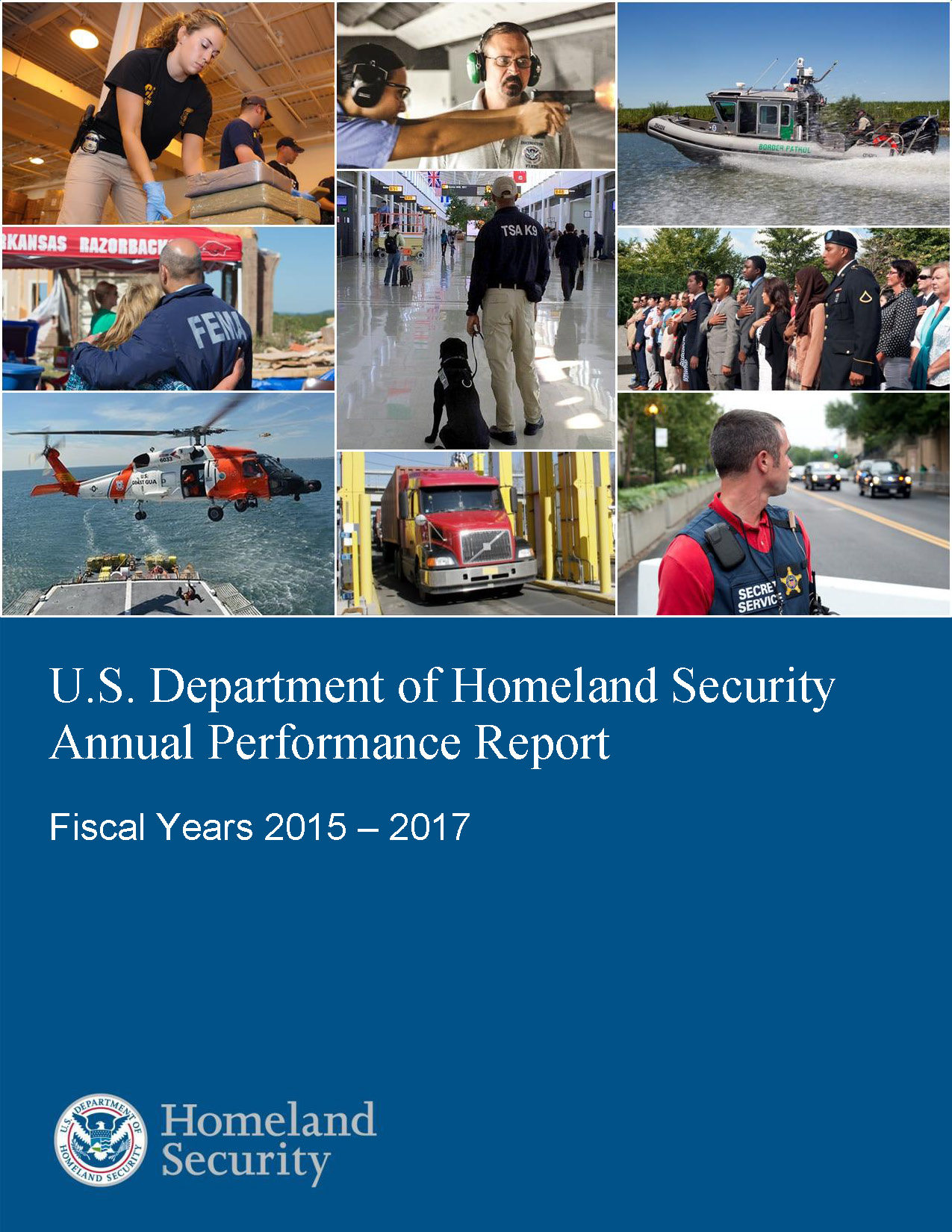- Home
- Agencies
- Department of Agriculture
- Department of Housing and Urban Development
- General Services Administration
- Department of Commerce
- Department of the Interior
- National Aeronautics and Space Administration
- Department of Defense
- Department of Justice
- National Science Foundation
- Department of Education
- Department of Labor
- Office of Personnel Management
- Department of Energy
- Department of State
- Small Business Administration
- Environmental Protection Agency
- Department of Transportation
- Social Security Administration
- Department of Health and Human Services
- Department of the Treasury
- U.S. Agency for International Development
- Department of Homeland Security
- Department of Veterans Affairs
- Goals
- Initiatives
- Programs
Primary tabs
Strategic Objective
Goal 5.1: Enhance National Preparedness
Strategic Objective
Overview
National preparedness underpins all efforts to safeguard and secure the Nation against those threats and hazards that pose the greatest risk. Presidential Policy Directive 8 calls for a National Preparedness Goal, which is "a secure and resilient Nation with the capabilities required across the Whole Community to prevent, protect against, mitigate, respond to, and recover from the threats and hazards that pose the greatest risk."
We will pursue the following strategies to enhance national preparedness:
- Empower individuals and communities to strengthen and sustain their own preparedness by engaging public and community organizations through programs such as America’s Preparathon! to build a collective understanding of their risks, the resources available to assist their preparations, and their roles and responsibilities in the event of a disaster.
- Build and sustain core capabilities nationally to prevent, protect against, mitigate, respond to, and recover from all hazards by conducting such activities as: 1) fostering capability development by providing tools and technical assistance; 2) providing planning and reach-back expertise; 3) using grant programs such as the State Homeland Security Grant Program and the Urban Area Security Initiative (which collectively provide funds to state, local, tribal, territorial, and regional government and port, transit, and nonprofit entities); and 4) promoting the use of the National Planning Frameworks. These activities support the Department’s intent to build and sustain a national integrated network of capabilities across all levels of government and to promote the involvement of the Whole Community in the Nation’s preparedness efforts.
- Assist federal entities in the establishment of effective continuity programs that are regularly updated, exercised, and improved by administering the National Exercise Program, the cornerstone of a collective effort to test, improve, and assess national preparedness.
Progress Update
The Department of Homeland Security (DHS) has determined that performance toward this goal is making satisfactory progress.
Introduction
Preparedness against hazards, such as natural disasters, acts of terrorism, and pandemics is a shared responsibility that calls for the involvement of everyone—known as the “whole community” approach—in preparedness efforts. DHS continued to expand its whole community implementation of the National Preparedness System to build and sustain core capabilities identified in the National Preparedness Goal. States and territories begin by assessing risks and identifying capability gaps and DHS supports the enhancement of national preparedness by implementing data-driven national programs that provide planning, training, exercise support, and resources. DHS made significant strides engaging the whole community and incorporating lessons learned from previous incidents into future planning.
Major Achievements
Every state and territory submitted a Threat and Hazard Identification and Risk Assessment (THIRA)1, identified their capability gaps, and assessed progress. As of September 30, 2014, 71 percent of states are meeting the DHS THIRA guidance which is significant in that the implementation of this comprehensive planning process to assess risk and capabilities is still in the early stages. Over 5,400 contributors across all levels of government, private sector, and non-governmental organizations (NGOs) participated in the THIRA process, an increase of 4,191 contributors over last year due to improved communication, planning, and outreach efforts. America’s PrepareAthon! had over 17 million participants register to conduct preparedness actions in events across the country as of September 30, 2014.
DHS brought together federal, state, local, and territorial jurisdictions, NGOs, and private industry partners to exercise significant planning and preparedness needs through the 2014 CAPSTONE series of exercises designed to educate and prepare participants for potential catastrophic events. In addition, the Spill of National Significance Executive Seminar identified three major policy initiatives and established workgroups to address those initiatives. In response to the Ebola virus outbreak, DHS coordinated with federal, state, and local responders and quickly developed and delivered training and exercises on Personal Protective Measures for Biological Events to first responders to meet significant nationwide demand.
Major Challenges & Opportunities for Improvement
The greatest challenge in emergency management lies in preparing for a catastrophic disaster. DHS continues to improve its capacity to respond to incidents while engaging non-traditional partners. The National Preparedness Report identified Access Control and Identity Verification core capabilities as a new national area for improvement, along with cybersecurity, housing, infrastructure systems, long-term vulnerability reduction, and economic recovery. The increased potential for landside and maritime disasters, natural disasters or manmade disasters, will continue to challenge the Nation’s current capacity to prepare for and respond to incidents while encouraging innovation to adapt to changing circumstances.
1The THIRA process is a comprehensive assessment for identifying community-specific threats and hazards, setting capability targets for each core capability identified in the National Preparedness Goal, and estimating resources needed to meet the capability targets.









